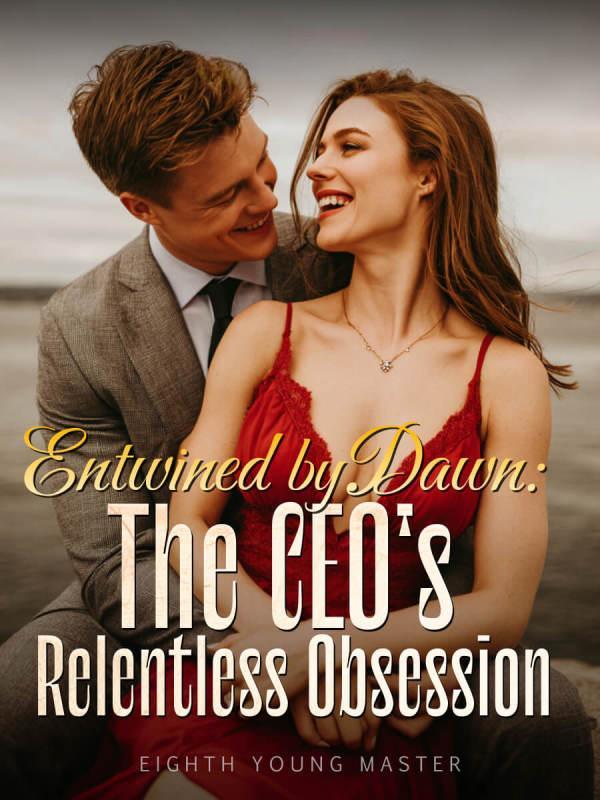©NovelBuddy
The Rise Of Australasia-Chapter 1008 - 756: A Rigorously Hierarchical Banquet
Chapter 1008: Chapter 756: A Rigorously Hierarchical Banquet
The second-generation radar had already become operationally significant, equipping both the navy and the army on a large scale, and constructing radar bases on land and along the coast became the subsequent task for the radar laboratories.
In some critical areas, including areas of strategic importance, it was necessary to build detection radar bases.
Don’t underestimate the second-generation radar with its maximum detection range of only 56 kilometers; sometimes, that 56 kilometers could prove to be the decisive factor.
But then again, Arthur had higher expectations for radar technology.
Given the current global situation, no one was clear when the World War would break out.
Only by mastering more advanced radar technology earlier and applying it across the naval, land, and air forces, could the security of the territory and the strength of the military be guaranteed.
...
Although radar could only cover a little area, it was still very useful in narrow and long strips of land.
Take various canals and straits, for example; if radars were installed on both sides, one could essentially ensure control over the canals and straits.
It’s just that the British radar technology wasn’t so advanced. Otherwise, any ship passing through the Suez Canal would be under British control, which would be quite terrifying.
Similarly, areas including the Malacca Strait, the Kiel Canal, and the English Channel, could all be completely controlled by radar, demonstrating the strategic significance radar technology offered to a country.
Beyond this, what Arthur anticipated was the various guidance technologies derived from radar. At present, Australasia’s missile technology actually led the World, and what was lacking was the guidance technology to improve the hit rate.
Any technological breakthrough in radar guidance would turn Australasia’s missiles into the ultimate weapon, threatening the core regions of any hostile country.
If the hit rate increased to a respectable figure, a mass missile barrage alone could easily obliterate a fleet, negating the influence of the enemy’s strong navy.
After all, before other countries had advanced interception equipment and systems, missiles were relatively overpowered, with no good countermeasures in place.
As time entered June, it also signified that the wedding of William and Princess Alexandrine was approaching.
The wedding was set to be held at the Palace of Nations in Saint Arthur Castle, Australasia, and with one of the main characters being the kingdom’s heir, the wedding was highly anticipated and attracted significant attention from people both nationally and internationally.
People wondered what sort of gift Arthur, the great monarch, would prepare for his son and how legendary the scale of this grand wedding would be?
In fact, as the wedding drew closer, the cost and the specifics of the wedding were no longer a secret.
The last engagement ceremony cost approximately 2 million Australian dollars, and this time it would only be more, potentially several times the previous amount.
The wedding was scheduled to begin on July 1st, 1930, with the entire process expected to take up a whole day.
At that time, Princess Alexandrine will arrive at the Adelaide port on a cruise ship, after which William will lead the Royal Guards to escort Princess Alexandrine to Saint Arthur Castle.
Of course, considering the itinerary, the bridal procession would travel in unified cars, and the fleet was expected to surpass 100 vehicles, with the most expensive and luxurious royal vehicles leading the way.
The royal vehicles, exclusively for royal family members, were equipped with the most advanced technology from several car manufacturers, including defensive capabilities.
Not only could they withstand a direct shot from a handgun, but the tires were also specially designed to run for a distance even after a blowout, ensuring the safety of the vehicles.
The most crucial aspect was that any royal vehicle did not travel alone but was accompanied by at least two or more vehicles.
The traveling royal family members would randomly choose a royal car to ride in, significantly reducing the likelihood of being attacked.
After all, it was very difficult for enemies to attack the entire convoy within Australasian territory; at most, they could ambush just one of the cars.
With multiple cars as diversions, there was a high chance of minimizing casualties from attacks on royal family members, or even outright deceiving the attackers.
But then again, Australasia was still very safe. If it weren’t for being on the safe side, some unnecessary security measures could actually be canceled.
A month’s time is neither long nor short, but it quickly passed.
Time quietly slipped by, and the day soon arrived at July 1st, 1930.
At five in the morning, William quickly headed toward Adelaide with the convoy. If the journey went smoothly, it would only take about three hours to reach Adelaide.
A round trip would take about six hours, with the convoy expected to return to Saint Arthur Castle around noon.
Meanwhile at Saint Arthur Castle, although the actual wedding had not yet started, other preparations were already underway.
The first to begin were the banquets for representatives from various countries and nobility, a tradition in the West.
Arthur was no stranger to such banquets, but today he wasn’t the main character at the event—the real protagonists were still on their way.
After all, it was Arthur’s eldest son’s wedding. European Nations still showed great face; most Monarchies sent either Kings or Crown Princes to participate, with the very least being Dukes or important members of such ranking.
The most representative of these was the United Kingdom, which sent Edward, the Crown Prince known to future generations as the man who loved beauty more than power.
With the British showing such sincerity, needless to say, other countries did the same.
Finland, Denmark, Greece, Bulgaria, Belgium, and Portugal, among other European countries, all sent their Kings, which was also a reflection of Arthur’s influence within the Saxe-Coburg-Gotha Family.
Of course, the royal families of Denmark, Finland, and Greece were not from the Saxe-Coburg-Gotha lineage.
Denmark needs no further discussion. The Danish Princess Alexandrine was one of the protagonists of the wedding, so the Danish King attending with most of the royal family was only natural.
The Grand Duke of Finland was Dmitry, Arthur’s brother-in-law, making him a relatively close relation.
As for Greece, it was all about George II wanting to deepen ties with Australasia.
Portugal and Greece were countries where Arthur had helped restore Monarchism. However, the difference between them was that the Portuguese royal family already belonged to the Saxe-Coburg-Gotha family, essentially making them one family with Arthur.
Follow curr𝒆nt nov𝒆ls on fɾeeweɓnѳveɭ.com.
On the other hand, George II was different. Not being from the Saxe-Coburg-Gotha lineage and lacking close blood relations with Arthur, he could only be considered a distant relative.
In the case of Greece’s unstable domestic political situation, securing the support of a superpower such as Australasia was very beneficial for George II in stabilizing his throne.
This was precisely why George II personally attended William’s wedding ceremony and accorded full respect to Australasia in terms of the ceremony.
The rest, including Monarchies such as Germany, Russia, and Italy, sent their Crown Princes and Heirs.
This was actually quite normal. After all, some of these countries were already Empires, and Emperors couldn’t possibly attend the wedding ceremony of a Crown Prince in person.
Or their relationship with Australasia wasn’t that close, and their Monarchs would certainly not make an overture without reciprocation.
It’s worth mentioning that, in addition to Europe, dozens of countries from South and North America combined all sent representatives to attend.
If one includes some Asian countries, it actually demonstrated Australasia’s dominance in the Pacific Region.
This also signified that Australasia had gradually shifted from a peaceful development to competing for world supremacy.
Even if Arthur wanted to keep a low profile, the situation no longer allowed Australasia to maintain that stance.
Now, only two paths lay before Arthur: either adapt to the situation at hand, secure the throne of Pacific hegemony, and then vie for world supremacy,
or relinquish its hegemony over the Pacific and even give up all its overseas territories, opting instead to peacefully develop Australia, New Zealand, and New Guinea.
Without mentioning the pros and cons of these two choices and considering only the will of the people, it’s clear that Australasia could not back down at this time.
This was similar to pre-World War I Germany and the Austro-Hungarian Empire. The evolution of the situation compelled them toward a more aggressive path, which eventually led to a full-scale war.
When public opinion reached a certain level, individual power could no longer turn the tide.
What Arthur could do now was utilize all his effort to make Australasia stronger, to have an advantage in the upcoming competition and war.
As for withdrawing from the competition to focus on peaceful development, the situation didn’t allow it, Arthur’s ambition didn’t allow it, and neither did the over 30 million Australasians.
From the various conversation groups at the banquet, one could discern that this world, after all, had a clear social hierarchy.
First were the Powers, undoubtedly the highest-status group. Whether they were members of the royal family or high government officials from the Powers, they mostly gathered in small groups, conversing with ease, as if it were truly just an ordinary wedding banquet.
The Small and medium-sized countries were different—many came with varied motives.
But the problem was, aside from countries with genuine relationships, it was difficult for most nations to connect with the Powers.
In other words, unless they could offer sufficient benefits, the Powers would not go out of their way for a minor country.
Of course, situations based on their self-interest were an exception to this, and the British were the foremost example of this behavior.
In pursuing their policy of continental balance, the British had supported and aided numerous countries.
And this wasn’t just limited to Europe; examples could also be seen in the Americas, Asia, and the Pacific Region, where the British had backed other countries to maintain regional balance.







